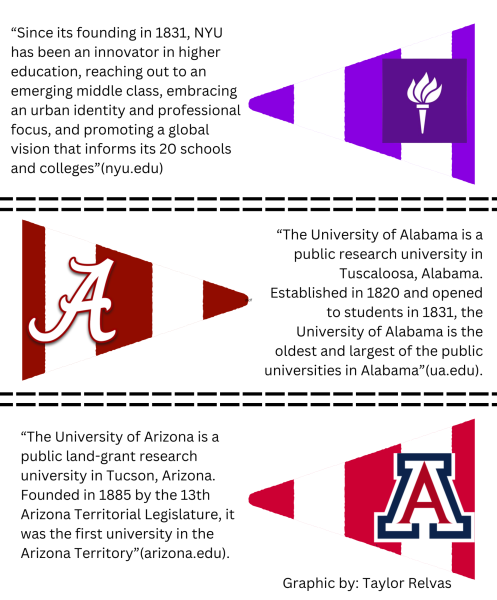Affordable Healthcare Act punishes young invincibles
With the addition of Obamacare, all individuals have access to health care. At the ripe age of 26, the government expects us to pay for it and pay handsomely. Along with the cost of student loans, add health care insurance to your list of expenses.
Although bills may be a rite into adulthood, not many new graduates have an extra $100 to $200 a month. In fact, most can barely scrape by all of the extra costs independence brings.
The Affordable Care Act, passed in 2010, intended to increase availability and affordability of health insurance by lowering the rate and expanding the coverage for public and private sectors. In order for this to occur, the ACA relies on everyone having insurance which would drive the price down.
While this is an ideal concept, it is not highly realistic. The model requires forty percent of “young invincibles” to obtain insurance in order to stabilize the price. Less than one quarter of those aged 18-34 is currently enrolled in the “Obamacare” system, drastically failing the model’s needs.
The penalty for not signing up is actually less money than the cost of receiving health care. Rather than pay approximately $1,200 annually, young adults have the option of paying a yearly penalty that is one percent of their annual household income for the first year that they are uninsured. This results in a drastically smaller fee at around $200-$400.
“The median health care spending for this group is exactly zero,” economist Douglas Holts-Eakin, former head of the Congressional Budget Office explains. “There’s a long tradition of the young invincibles not buying insurance.”
The expensive premium for health care does not actually directly benefit the young adult group that its costs target.
With the old health insurance system, premiums were five-to-one; seniors pay five times as much money as 18-year-olds for insurance. Now, the premium is three-to-one and a requirement for all. This means that young adults are overpaying for their coverage while older Americans are not paying enough.
In an ideal world, we could expect the complexities of a model to fit seamlessly. However, when the cost outweighs the incentive, it might be a better solution to cut losses and go back to the drawing board for effective health care reform.

Lindsey Floyd is a senior at Perry High School. She is The Precedent opinions editor, in advanced theatre, head of two clubs, and in five more extracurriculars...




